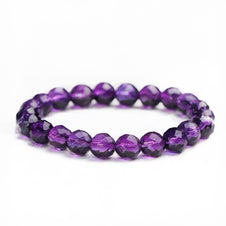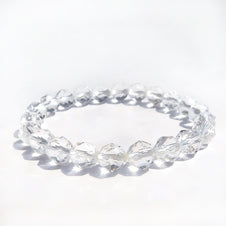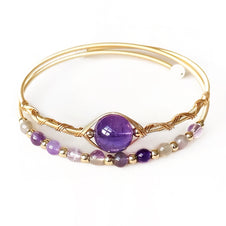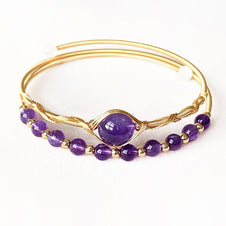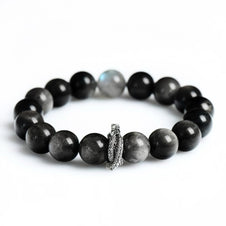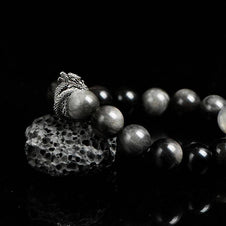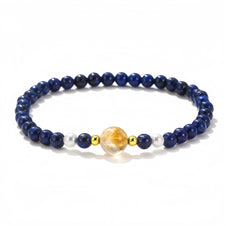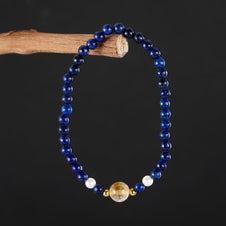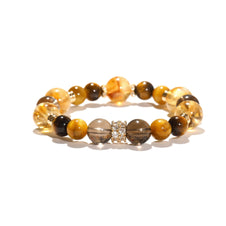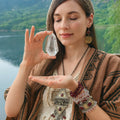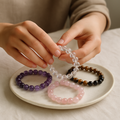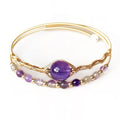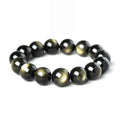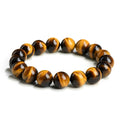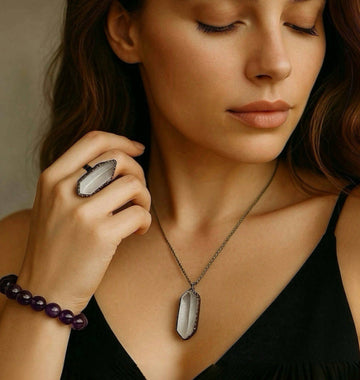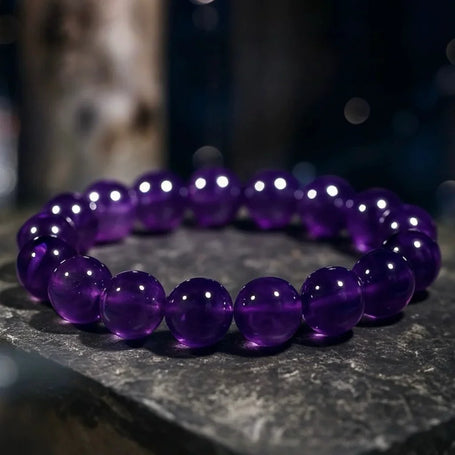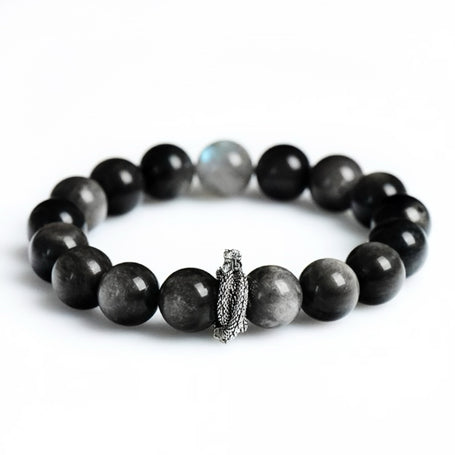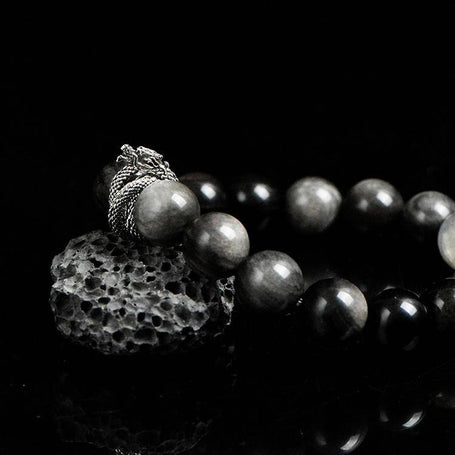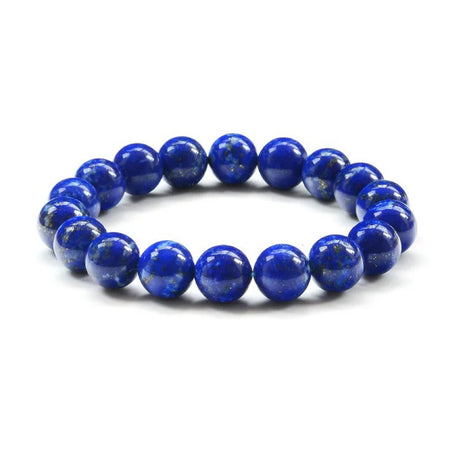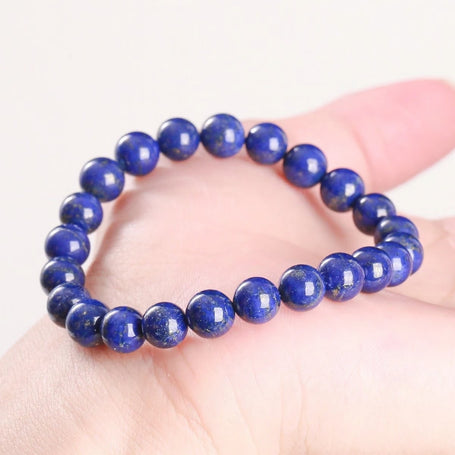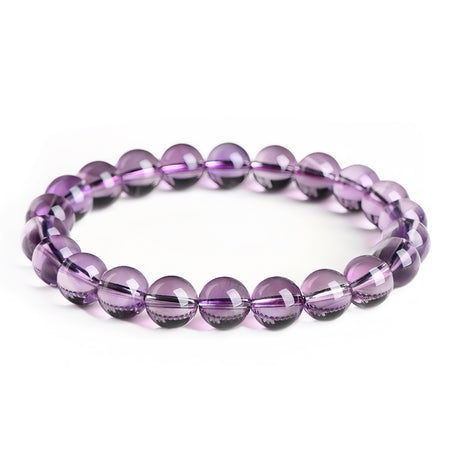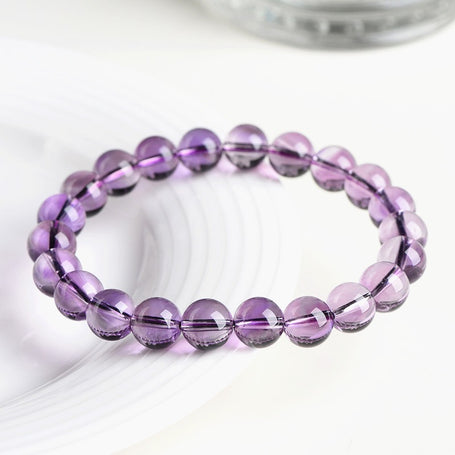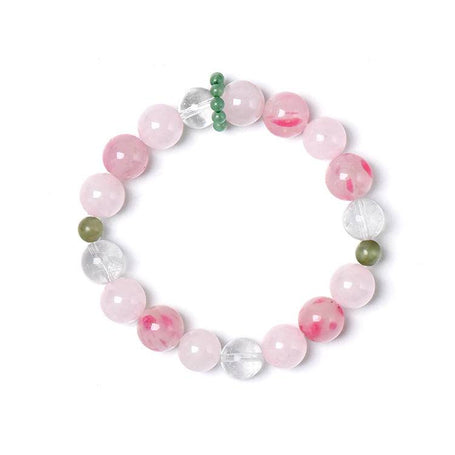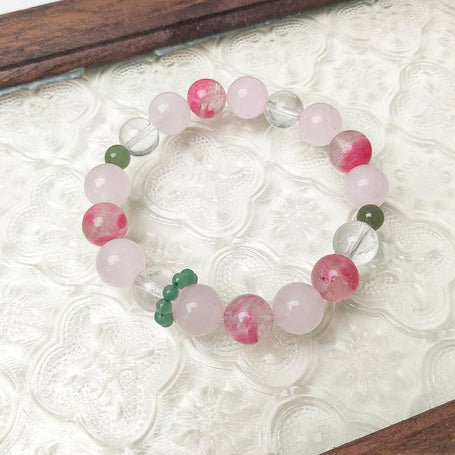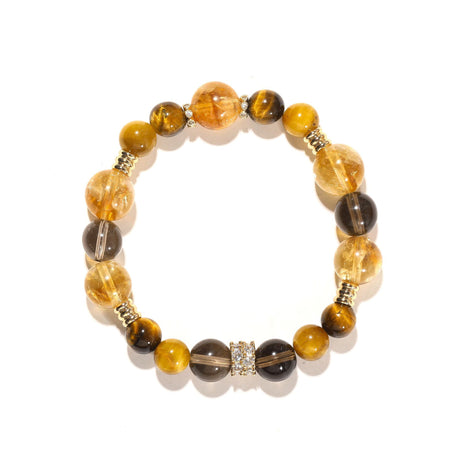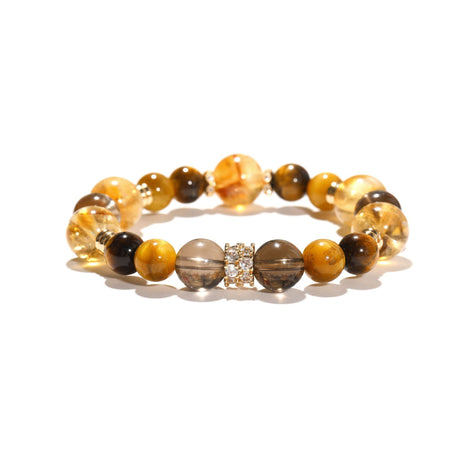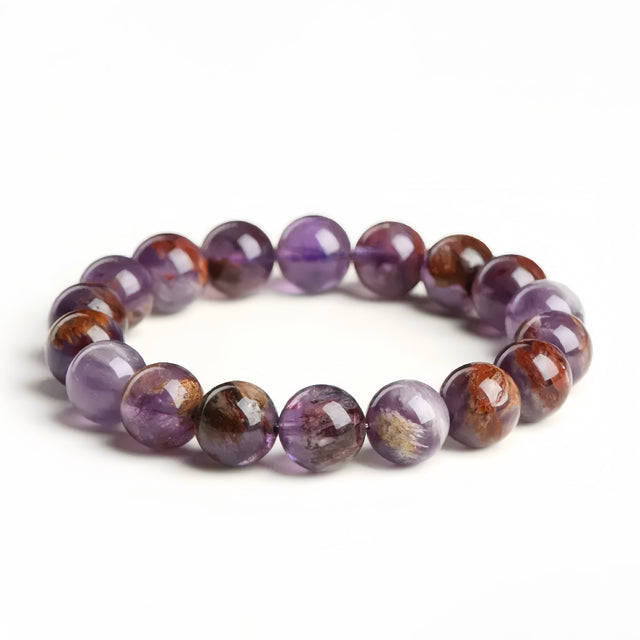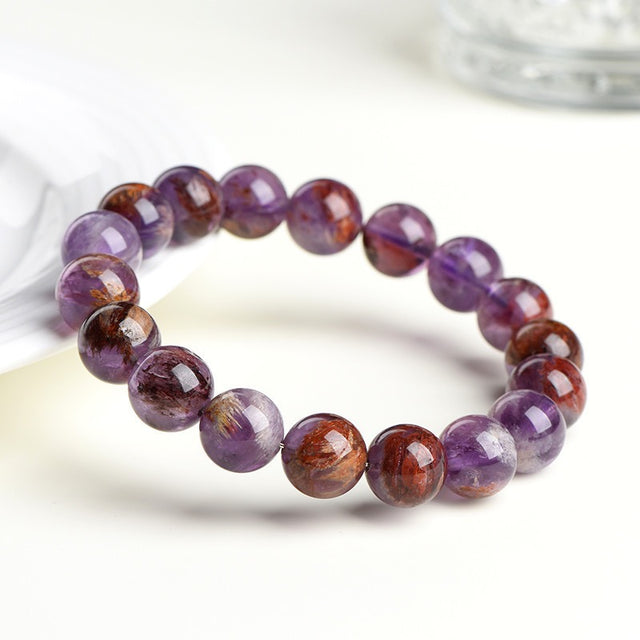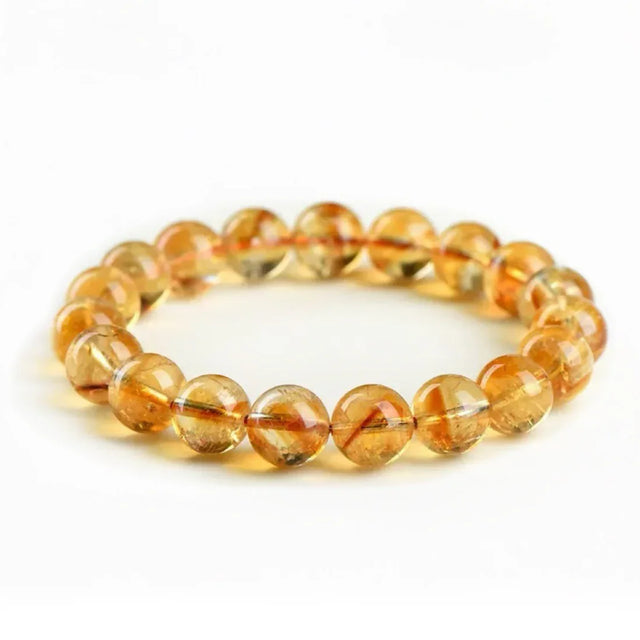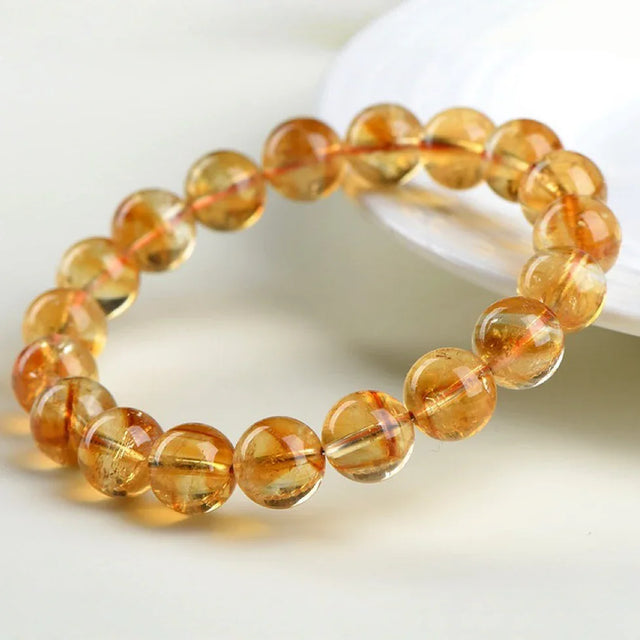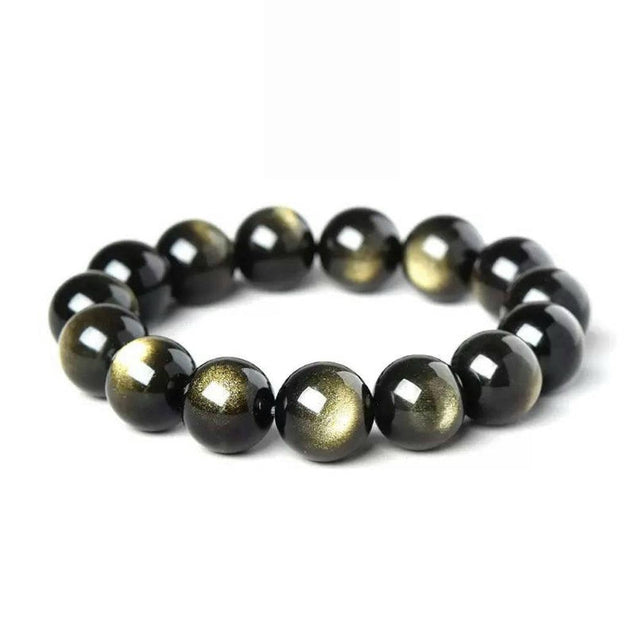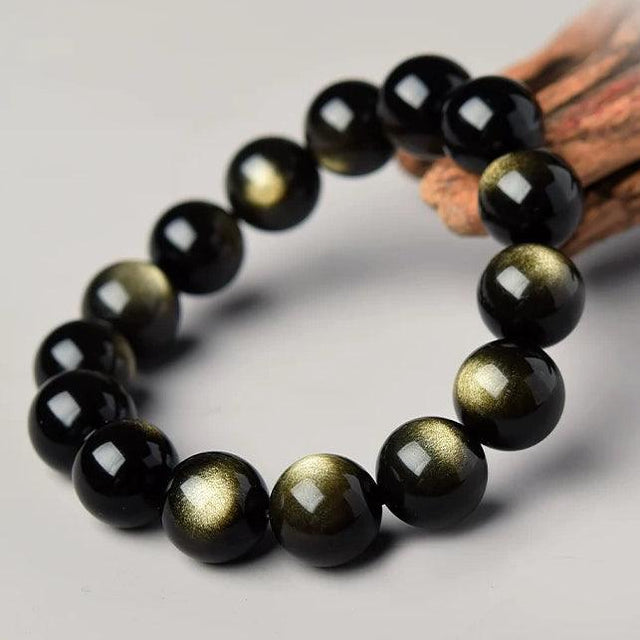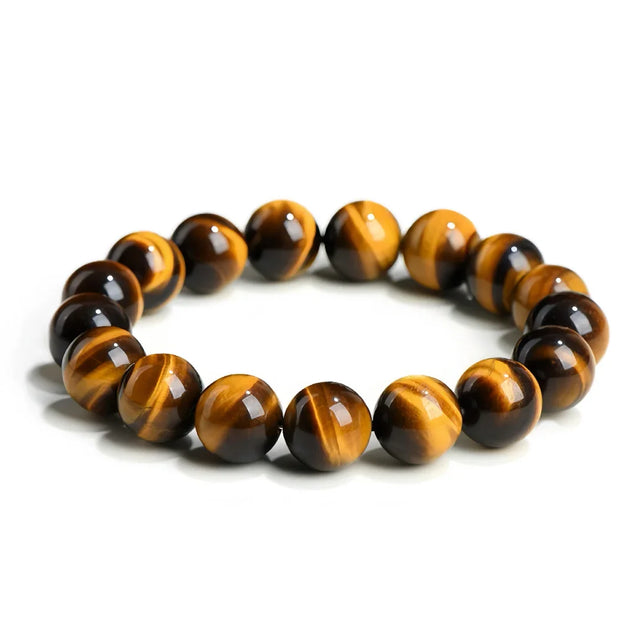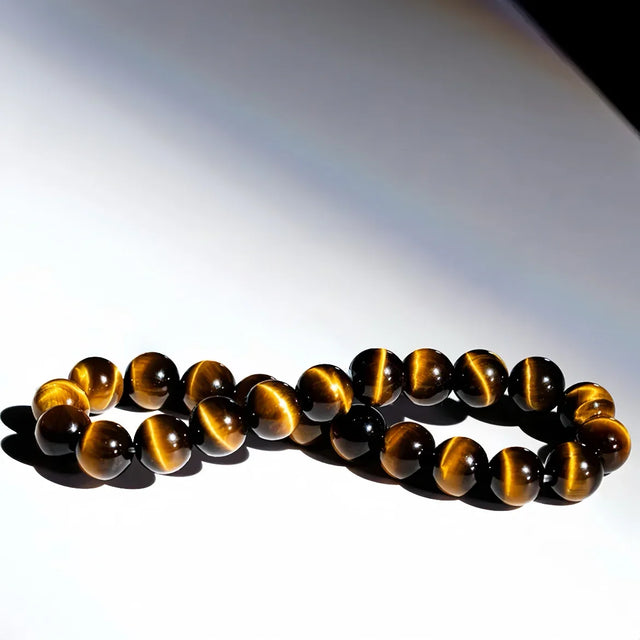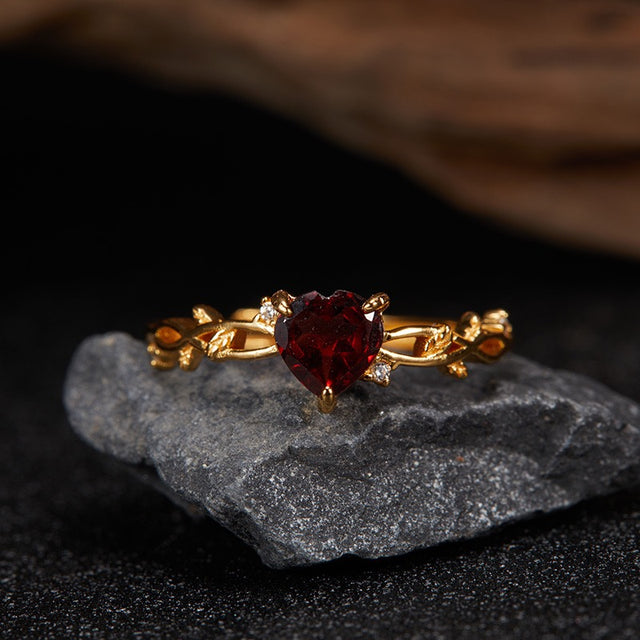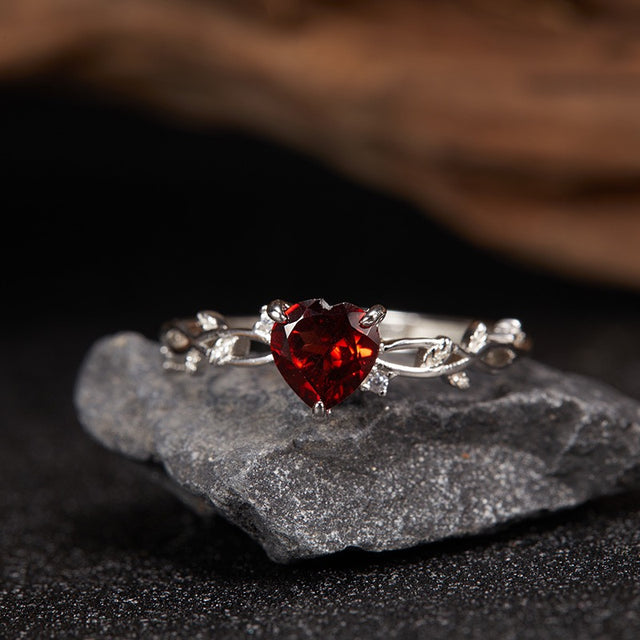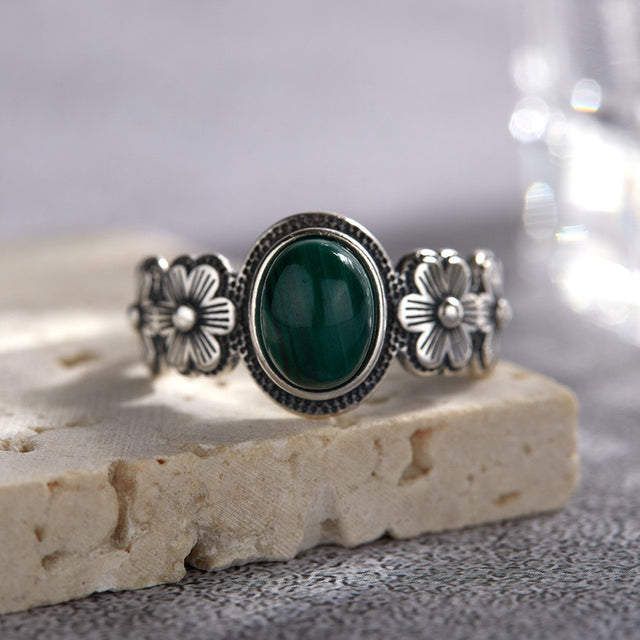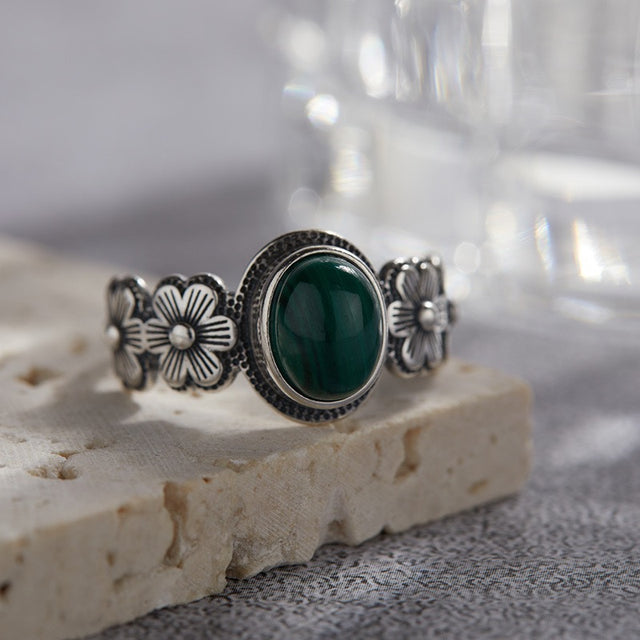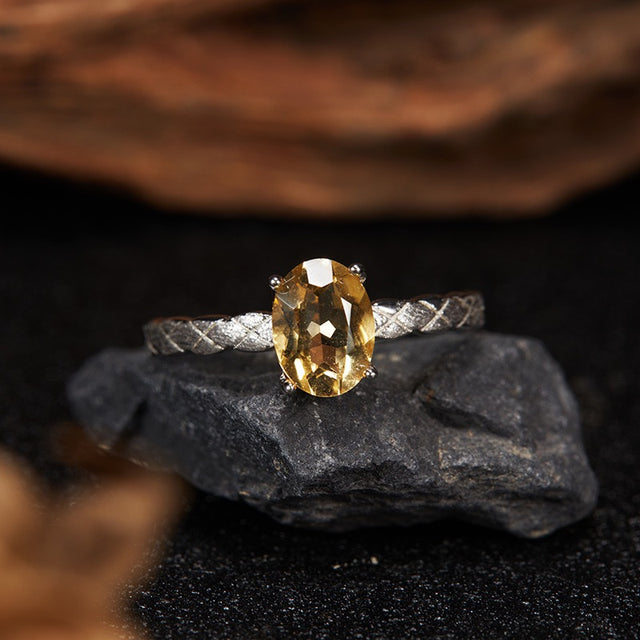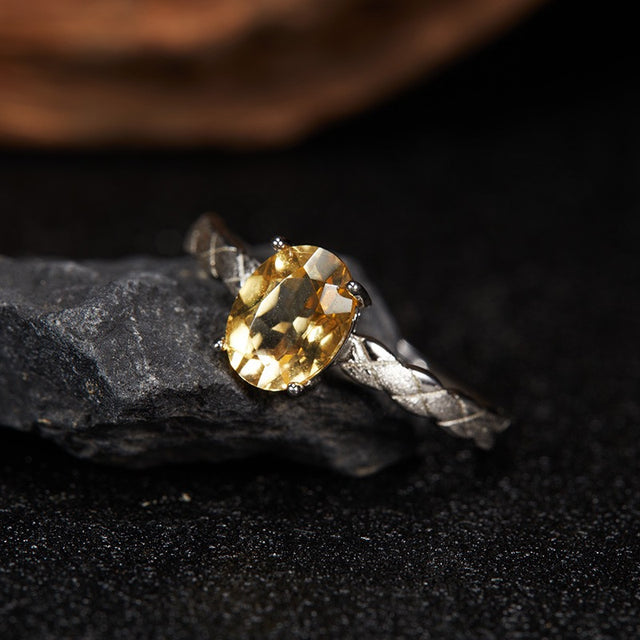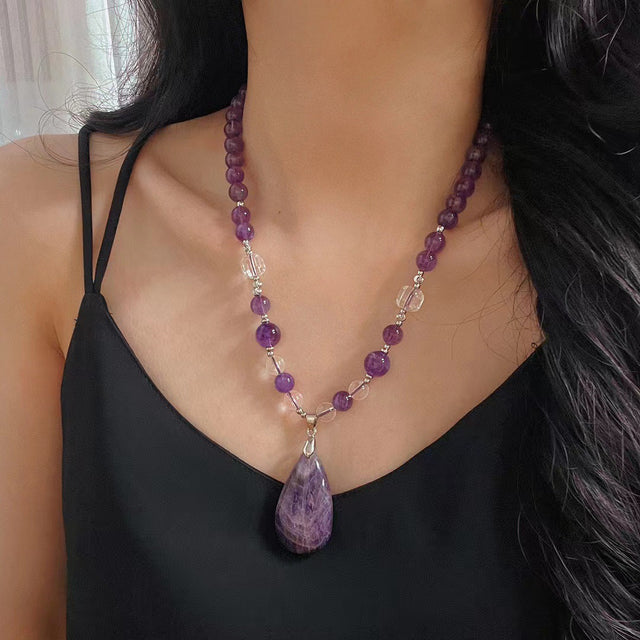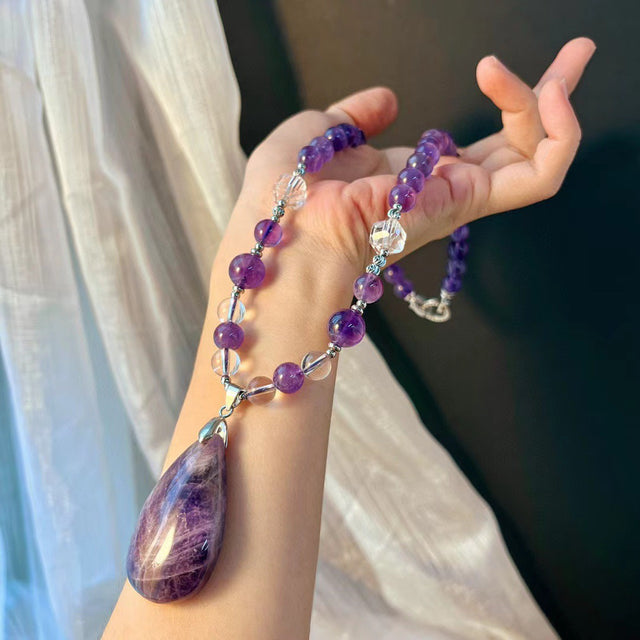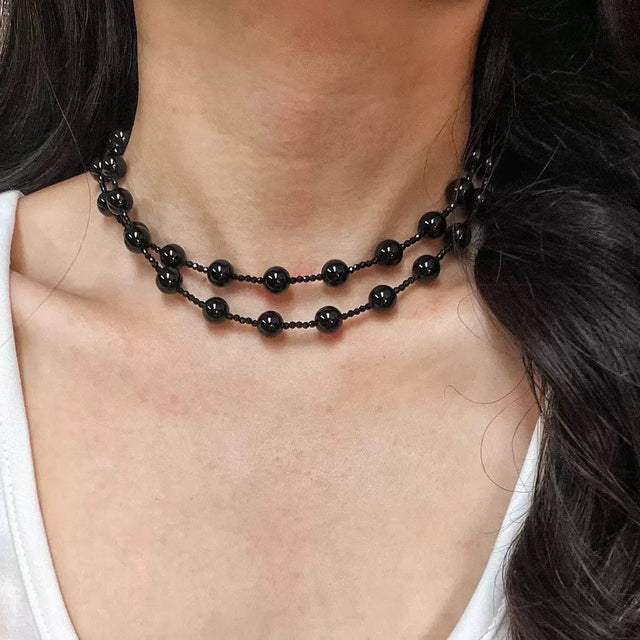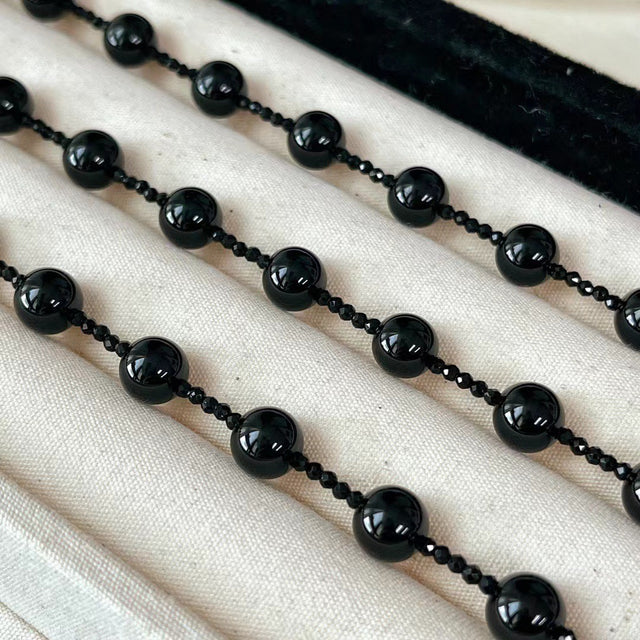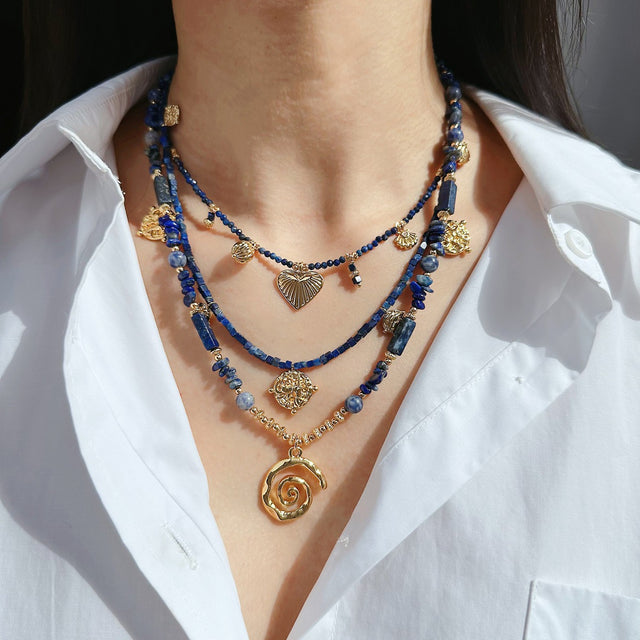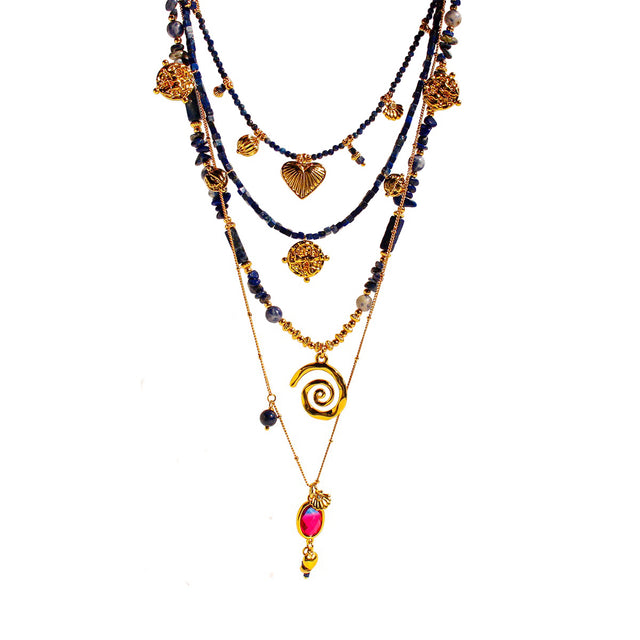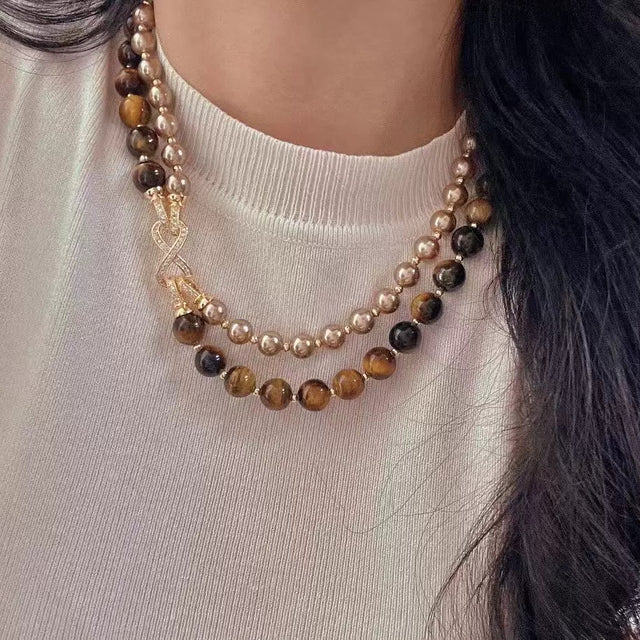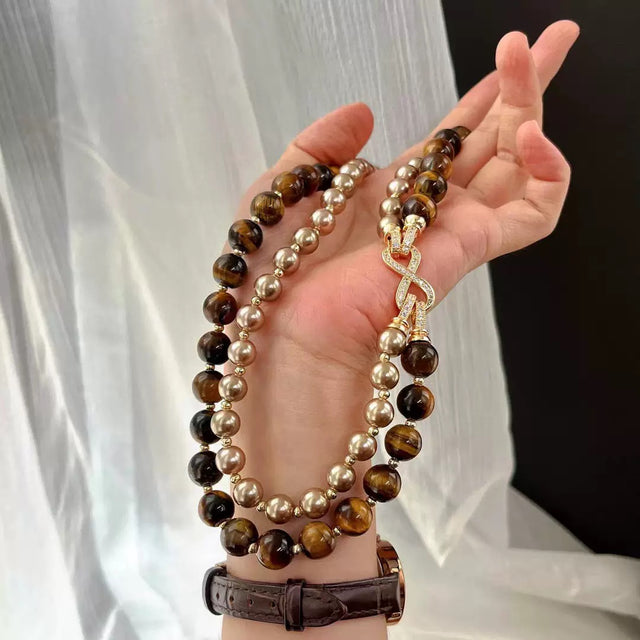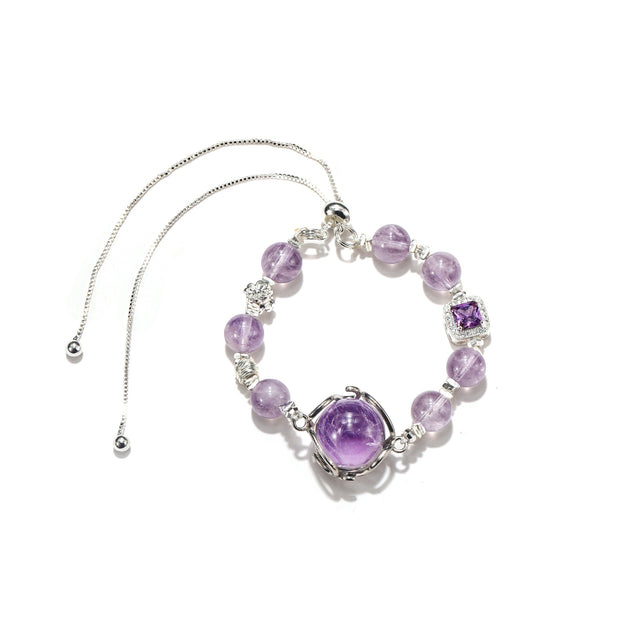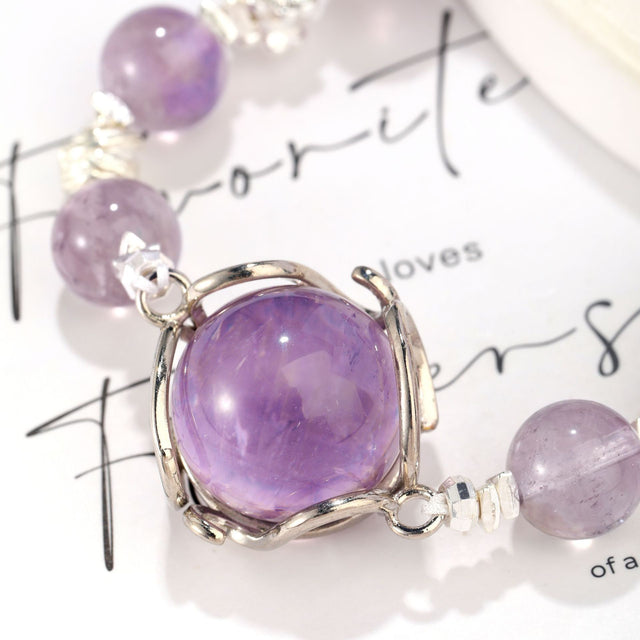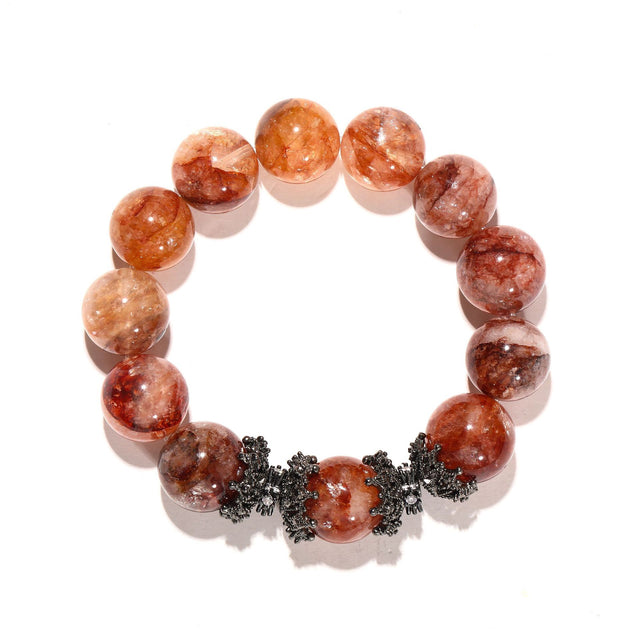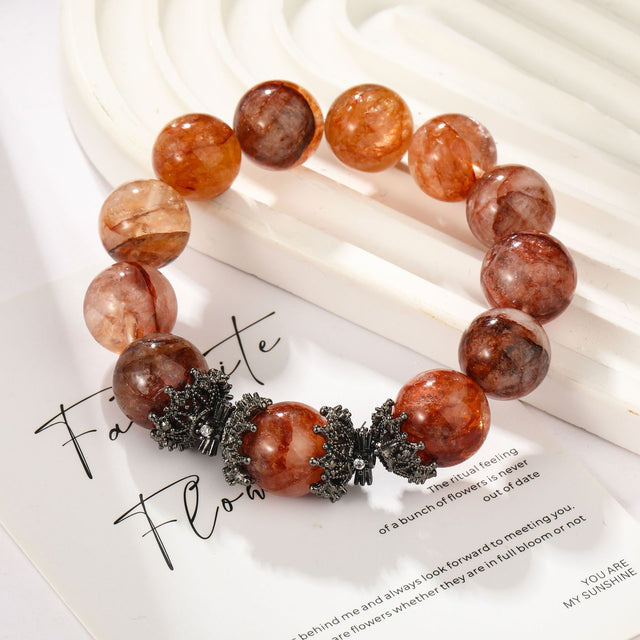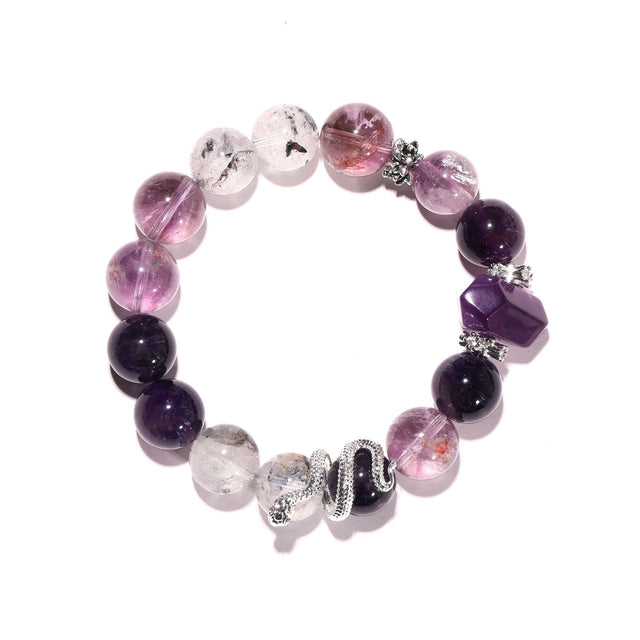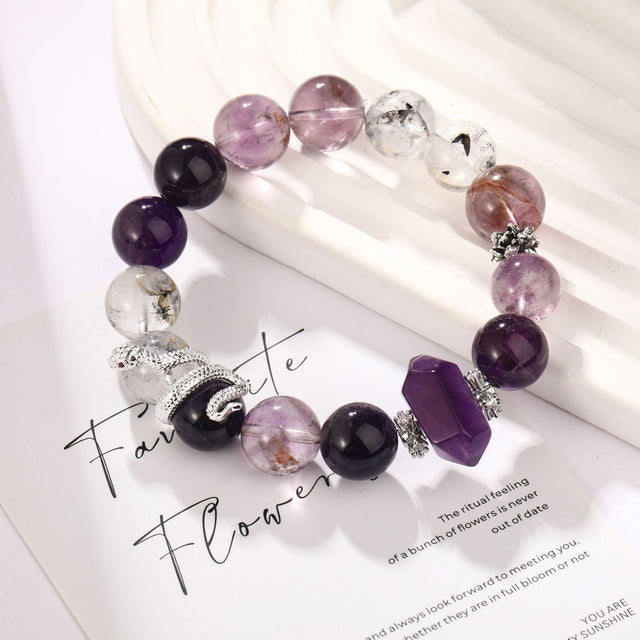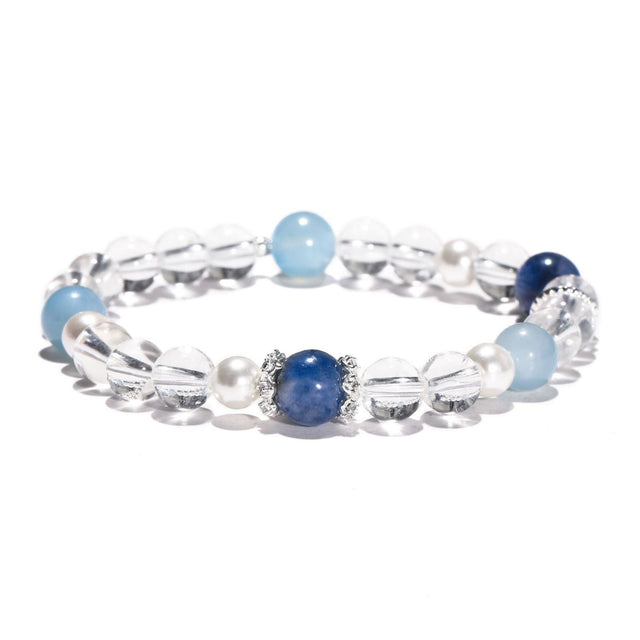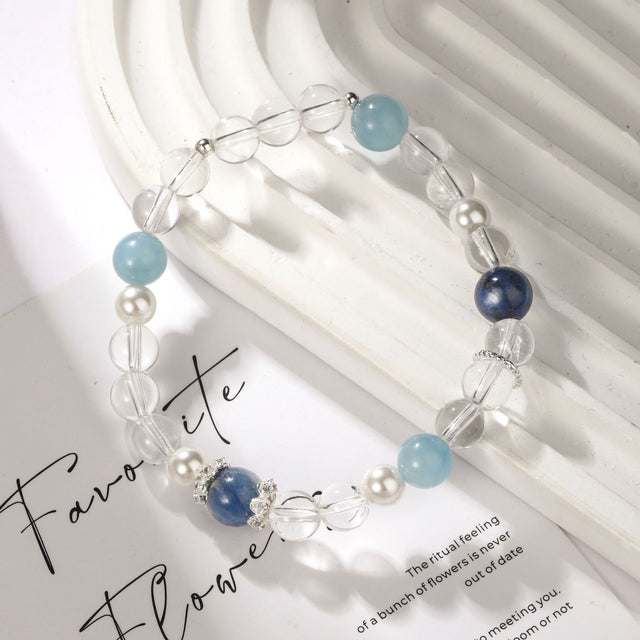From ancient temples to modern experiments (and a few surprising personal results), let’s unpack the truth behind those sparkly stones.
Hey friends! If you’ve ever asked:
“Can rose quartz attract love?”
“Does amethyst under the pillow really stop nightmares?”
“Is crystal cleansing legit—or just placebo?”
You’re not alone. As someone who’s obsessed with both science and spirituality, I’ve done a deep dive into this glittery rabbit hole. Today, I’m breaking it all down—no woo-woo overload, no eye-roll science denial, just a cozy, real talk from my couch (with coffee in hand and crystals on my table).
Let’s get into it.
1. First things first: Energy ≠ Magic
Let’s set the record straight. Crystals aren’t magic wands. They won’t manifest your dream job overnight or make your soulmate appear by full moon. (Sorry!)
But that doesn’t mean they’re totally useless either. From ancient Egypt to TikTok, people across cultures and centuries have sworn by their energy. The real story? It’s a mix of subtle science, symbolism, and maybe even a little mind-body magic.
2. So… Is There Any Science Behind It?
Actually, yes. Crystals aren’t just pretty—they’re also physically and energetically unique:
Piezoelectric Power (aka mini-electricity)
When you squeeze quartz (like clear quartz), it produces a tiny electric charge. This is real science—discovered in the 1800s by the Curie brothers. It’s the same reason quartz is used in watches, radios, medical devices, and more.
So yeah, crystals can literally generate and respond to energy. Maybe that’s why people feel like they “vibrate” or “resonate.”
Resonance Matters
Ever seen two tuning forks ring together? That’s resonance. Crystals, with their perfect atomic structures, are believed to help your body or mind “sync” with a steadier frequency—especially during stress or chaos.
There’s even research showing structured environments (like crystal lattices) may affect brainwave states. So when you feel calmer holding a stone—it might not be all in your head.
Color = Vibration
Color psychology is real. Different hues impact mood and perception:
-
Red (e.g., garnet): energizing, confidence-boosting
-
Blue (e.g., lapis lazuli): calming, focus-enhancing
-
Green (e.g., aventurine): grounding, abundance-attracting
So yes—pink stones might actually make you feel more loved. Not magic—just visual neurochemistry.
3. Meet the “It Girls” of the Crystal World (and Why People Love Them)
Let’s decode the personalities of a few all-time favorites, based on science, culture, and real-life vibes:
Clear Quartz – The “All-Purpose Amplifier”
-
Science: Made of ultra-pure silicon dioxide; its clarity and structure make it a great energy conductor (and the backbone of tech gadgets).
-
Tradition: Used in ancient temples and modern altars alike. Known as the “master healer.”
-
Use it when: Your mind feels foggy, or you need clarity. It’s like an energetic reset button.
-
Vibe: Pure. Clear. Focused.
Amethyst – The “Spiritual Detox Buddy”
-
Science: Its purple hue balances stimulation (red) and calm (blue), encouraging clarity and decision-making.
-
Tradition: Greeks believed it prevented drunkenness. Clergy wore it for spiritual wisdom. In modern wellness? It’s your go-to for calm sleep, clear mind, and emotional reset.
-
Use it when: You’re overwhelmed, overthinking, or just want better dreams.
-
Vibe: Chill. Wise. Restorative.
Rose Quartz – The “Self-Love Softie”
-
Science: Pink tones are linked to feelings of warmth and safety. Studies show pink surroundings can increase oxytocin (“love hormone”).
-
Tradition: Associated with love goddesses and heart healing since ancient times.
-
Use it when: You’re working on self-worth, heartbreak, or building deeper connections.
-
Vibe: Gentle. Loving. Open-hearted.
4. How to Actually Use Crystals (No Rituals Required)
Crystals aren’t just meant to sit on your shelf. Here’s how to work with them intentionally:
✅ Choose what speaks to you
Forget the “rules.” If a crystal catches your eye or makes you feel something—it’s probably the right one for you.
✅ Set an intention
Hold it. Breathe. Mentally (or out loud) tell it your goal: “Help me stay calm today” or “Support my confidence in this meeting.”
It’s not about the rock—it’s about reminding you to show up with purpose.
✅ Keep it close
Wear it. Carry it in your pocket. Put it on your desk. Crystals do their best work when they’re part of your everyday energy field.
✅ Cleanse it (optional but fun)
Rinse under water (if it’s safe), leave in sunlight or moonlight, or place on a piece of clear quartz.
Is it scientifically necessary? Probably not. But the ritual helps you reset mentally—and that counts.
5. Quick Myth Busting (Let’s Keep It Real)
🚫 You don’t need 10 bracelets at once. Too many = sensory chaos. Pick one or two for clarity.
🚫 “Energy clashes” aren’t real. Don’t stress if you wear rose quartz with obsidian. It’s your energy that matters.
🚫 Crystals don’t replace medical care. They can calm anxiety, support focus, or inspire intention—but they’re not a cure-all.
Final Thoughts: You Don’t Have to “Believe” to Enjoy the Benefits
Whether you see crystals as ancient tools, pretty reminders, or full-on spiritual sidekicks… that’s up to you. For me? They’re little anchors in a noisy world. They help me slow down, check in with myself, and reconnect with what matters.
And honestly? If a $20 piece of rose quartz reminds you to love yourself a little more today, isn’t that kind of magical already?
What’s your go-to crystal?
Ever had a weirdly perfect moment with one—or just love how it looks in the sun? Tell me below! I might do a part 2 on obsidian, citrine, or green phantom next .

